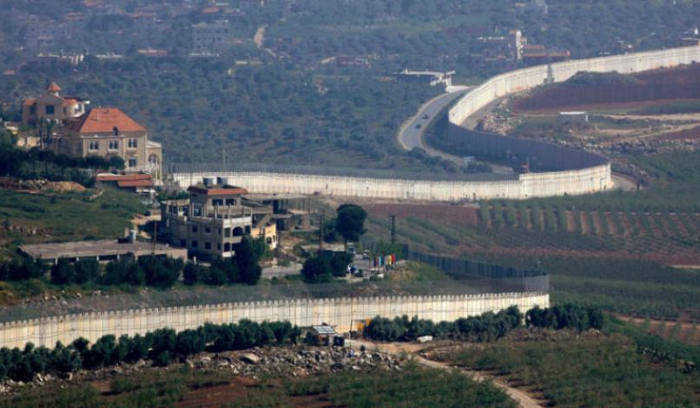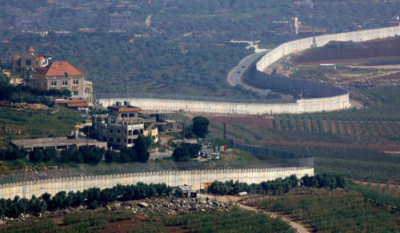Residents of the Nahariya settlement and the city of Akko, totaling 120,000 people, are living in a state of panic after many spent the night in shelters due to rocket attacks launched by Hezbollah from Lebanon on Sunday. According to a report by Yedioth Ahronoth published on Monday, Israeli authorities are considering evacuating a large number of Israelis from these areas out of fear of escalating conflict and to protect their lives.
**325 Attacks**
Nahariya is located between the city of Akko and the Lebanese border at the northernmost point of Israel and has enjoyed relative calm compared to surrounding areas. There were no air raid sirens in the region from November to April, and in Akko, the sirens were silent for four months, from late December until the end of April. In addition to the recent attacks on Nahariya and Akko, other towns, including Katzrin— the largest town in the Golan Heights—were also targeted, suffering from rocket fire that started fires in several locations.
According to Yedioth Ahronoth, the data clearly indicated a rise in Hezbollah's attacks on northern Israel, with May recording the highest number of these attacks, amounting to 325.
**Israel's Response**
In response to the attacks, the Israeli army announced on Monday that it had killed Ali Hussein Sabra, a Hezbollah air defense unit leader, during an airstrike in southern Lebanon.
**“The Worst is Yet to Come”**
Ibrahim Dawood, an expert on Israeli affairs, points out that relocating residents from their homes in border areas is not new and has been occurring since the beginning of the Gaza War last October due to fears for their safety. Dawood explains to Sky News Arabia that previously, Israel only evacuated settlements within 15 to 20 kilometers of the Lebanese border, especially since Hezbollah's earlier attacks aimed merely to demonstrate capabilities and did not result in significant casualties.
However, as operations escalate, and rocket attacks reach further areas using precision missiles and drones—evident in targeting Akko and Nahariya—Israeli leadership is considering relocation to safer, more distant regions, which "indicates that the worst is yet to come," according to Dawood.
The political analyst goes further, stating that "there are expectations of an inevitable war with Hezbollah, and the skirmishes ongoing since October 7 are sufficient to highlight the scale of the threat posed by the group. The public in Israel is boiling over repeated displacements and holds Netanyahu responsible for the instability."
Tension has reached the Israeli government, where a meeting of northern authority heads and Chief of Staff Uri Gordin on Sunday witnessed widespread anger. According to Israeli Channel 14, during the meeting, Gordin faced questions about the interception of rockets falling on northern towns. Instead of answering, he vehemently criticized Avichai Stern, the mayor of the border town of Kiryat Shmona, yelled at him, banged the table, and began gathering his belongings. At the same time, the Kiryat Shmona mayor left the room angrily.
**“The Wrong Path”**
American political analyst Jawad Al-Shaki also does not rule out that events may worsen, stating to Sky News Arabia: "There is a serious escalation in exchanges of attacks between Israel and Hezbollah, and the failure to reach an agreement regarding Gaza complicates matters and opens fire on everyone." Al-Shaki warns that "if war erupts between the two sides, there will be no near resolution to the current crisis. The United States is trying to pressure both sides to avoid escalation, but events are headed down the wrong path."
As for what could end this situation, he adds: "The solution must come from Gaza, and the U.S. president's proposal is realistic to the utmost degree." President Joe Biden has announced a new proposal to end the war in Gaza, which consists of three phases, stating that "it is time to end this war":
- The first phase lasts six weeks, including a comprehensive ceasefire, withdrawal of the Israeli army from main residential areas in Gaza, in exchange for the release of hostages held by Hamas, especially women, the wounded, and the elderly, as well as the release of hundreds of Palestinians from Israeli prisons and the return of residents of northern Gaza to their homes.
- The second phase involves the release of the remaining hostages, the withdrawal of Israelis from Gaza, continued ceasefire, and increased humanitarian aid to Gaza.
- The third phase includes comprehensive reconstruction of Gaza.




